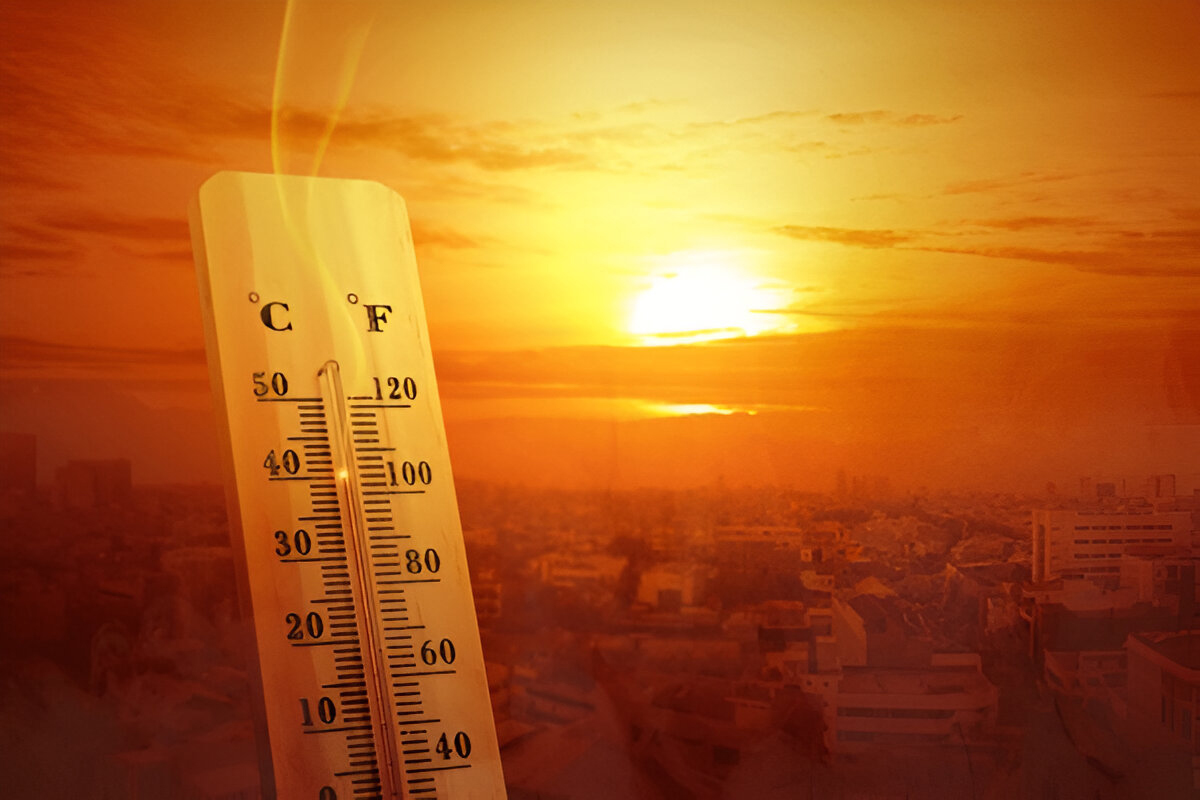Why Indian Homes Now Need Heat Resistant House Wires?

From scorching summer days to increasingly power-hungry homes, our world is getting hotter and so are the wires inside the walls of our homes. In many Indian cities, summer temperatures frequently breach 45°C, and while we may cool our rooms with fans and air conditioners, the electrical systems hidden in the conduit silently bears the heat and the load.
Inside walls, where wires run tightly packed in conduits with minimal airflow, temperatures can rise drastically, especially during peak usage hours. This heat, combined with high electrical load, pushes conventional wires closer to their performance limits, silently increasing the risk of breakdowns, short circuits or even fires.
Electrical wires are no longer just a passive part of construction, they are frontline defenders against fire hazards in modern homes. And yet, most wires used today are based on older standards, meant for less demanding environments. As modern households evolve, shouldn’t our wires evolve too?
This blog explores why Indian homes now need to move beyond conventional wires and how heat-resistant house wires are becoming the new standard for safer, more reliable living.
What is Operating Temperature and why should you care?
Every electrical wire is designed to carry a certain amount of electricity safely, up to a specific temperature. Traditional FR wires are built for 70°C, but Indian homes often go beyond that temperature, especially in summers, closed conduits or when multiple heavy appliances are running. This causes the actual ambient temperature around the wire or cable to rise significantly. In such scenarios, the current-carrying capacity of the wire drops and if the wire is overloaded even slightly, it heats up faster, ages faster and becomes a potential fire hazard.
To make this clearer, let’s look at a comparison between standard FR wires and newer HR FR (Heat Resistant + Flame Retardant) wires that can operate at up to 85°C. Here’s how HR+FR wires outperform standard FR wires in high-temperature conditions:
| Wire Size (Sq. mm) | HR FR wire at 60°C | FR wire at 60°C | % Extra Rating |
|---|---|---|---|
| 1 | 11 A | 7.5 A | 46.67% |
| 1.5 | 13 A | 8.5 A | 52.94% |
| 2.5 | 16 A | 12 A | 33.33% |
During summer, with high appliance usage and poor ventilation, the temperature inside wall conduits can touch 60°C. In such conditions, a regular 1.5 sq.mm FR wire is derated to 8.5A, while an HR FR version can safely carry 13A which is a significant difference of more than 50%. This difference could be life saving in preventing overheating and ensuring stable electrical performance.
What makes HR+FR wires better?
HR+FR wires are made with superior insulation materials that handle heat far better. This means:
- Enhanced thermal properties
- Higher mechanical strength
- Better insulation resistance
- Improved fire-safety performance even under high-heat conditions
These qualities make them ideal for modern homes where load and temperature stresses are higher than ever before.
Why Indian Homes Now Need HR FR Wires
As Indian homes become more appliance-heavy with air conditioners, geysers, microwaves and induction cooktops running simultaneously, house wires are being pushed harder than ever before. Many electricians and retailers are already noticing the change: wires that once worked fine under basic loads now show signs of stress in today’s homes.
That’s why the market is steadily moving beyond the old 70°C wire standard. Leading brands have introduced new wires designed to handle higher heat, offering better safety and longer life in today’s real-world conditions.
It’s no longer just about being “flame retardant”, it’s about having wires that stay cool under pressure, carry more load safely and reduce the risk of overheating and fire in everyday Indian homes.
Ready for Heat? Your Home Should Be.
Fire safety doesn’t start with alarms, it starts with the wires behind your walls.
In today’s hotter homes and heavier loads, regular FR wires may no longer be enough. HR+FR wires are built to handle higher temperatures, better load capacity and offers longer life by reducing the chances of overheating, insulation failure or electrical fire.
Whether it’s a home, a residential flat or a large-scale project, HR+FR wires are a smart upgrade for a safer tomorrow.
The message is simple:
“If the world is heating up, your wires shouldn’t be the first to melt.”
Ask your electrician or dealer for HR+FR wires as your home deserves that extra layer of safety.

